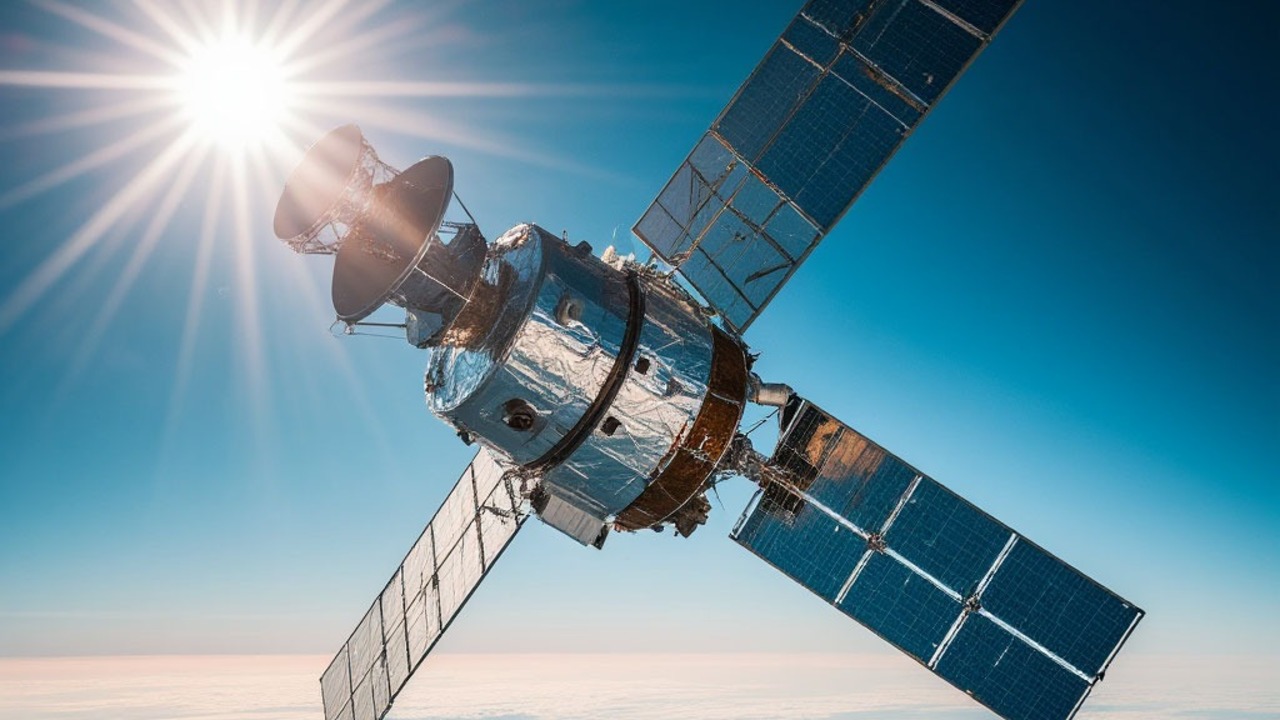Arecibo observatory will not be restored, which confirms his sad end after a cable break caused serious damage to the structure. The US National Science Foundation (NSF) has announced its intention to create an educational center based on the Arecibo facilities. The agency opened a call for proposals, although it clarified that they did not include reconstruction of the radio telescope or operational support.
NSF wants build an educational center and the dissemination of disciplines such as science, technology, engineering, and mathematics. This center will expand existing educational opportunities and implement new programs in the above disciplines. Foundation mentions the importance of the observatorywhich for 60 years provided training and employment for the population of Puerto Rico.
While NSF credits Arecibo’s contributions to science, he has made it clear that the offer of the center does not include the reconstruction of the radio telescope.
It should be noted that the RFP does not include the reconstruction of the 305-meter telescope or the operational support of the existing scientific infrastructure, such as the 12-meter radio telescope or the Lidar facility. Teams and/or researchers wishing to use the existing scientific infrastructure or propose new projects may submit proposals that complement the functions of the new educational center.
National Science Foundation
NSF statements confirm what was announced in early 2021 when cleanup work began. The foundation accepted it the collapse meant the complete loss of the observation deck and its instruments. The process of clearing and repairing environmental damage would cost up to $50 million, and the idea of reconstruction was not part of the original plan.
Why did the Arecibo observatory collapse?
The Arecibo Observatory, which housed the second largest radio telescope in the world, began its testing in August 2020. A break in one of the cables supporting the metal platform led to a 30-meter crack in the reflector dish, damaging the structure. panels of the Gregorian dome and its platform.
Despite this, the observatory continued to operate while the crack was being manoeuvred. In November of that year, a second cable broke causing further damage to the dish, so NSF decided to dismantle it as it could collapse at any moment. Before its demolition The 900-ton structure suddenly collapsed, closing a chapter in the history of space observations.
An investigation by the engineering company Thornton Tomasetti showed that the collapse of the radio telescope happened due to a combination of factors.
Based on the reviews and analyzes above, our study concluded that the progressive cable failures and eventual collapse of the Arecibo telescope were caused by a combination of five factors: (1) manual and inconsistent separation of cables during cable laying; cables, (2) cable system design with a relatively low safety margin, (3) the occurrence of extreme natural events such as hurricanes and earthquakes, (4) the inability to replace, repair or bypass sockets with large cable slips, and (5) the addition of auxiliary cables as insulated cables.
Thornton Tomasetti
Perhaps many people remember Arecibo thanks to films such as Contact or Goldeneye: Return of 007. Before Pierce Brosnan and Sean Bean fought to the death at the facility, the radio telescope had already detected the first exoplanet. On January 9, 1992, scientists Alexander Volschan and Dale Fraile published in Nature discovery of a planetary system revolving around a pulsar.
Source: Hiper Textual














